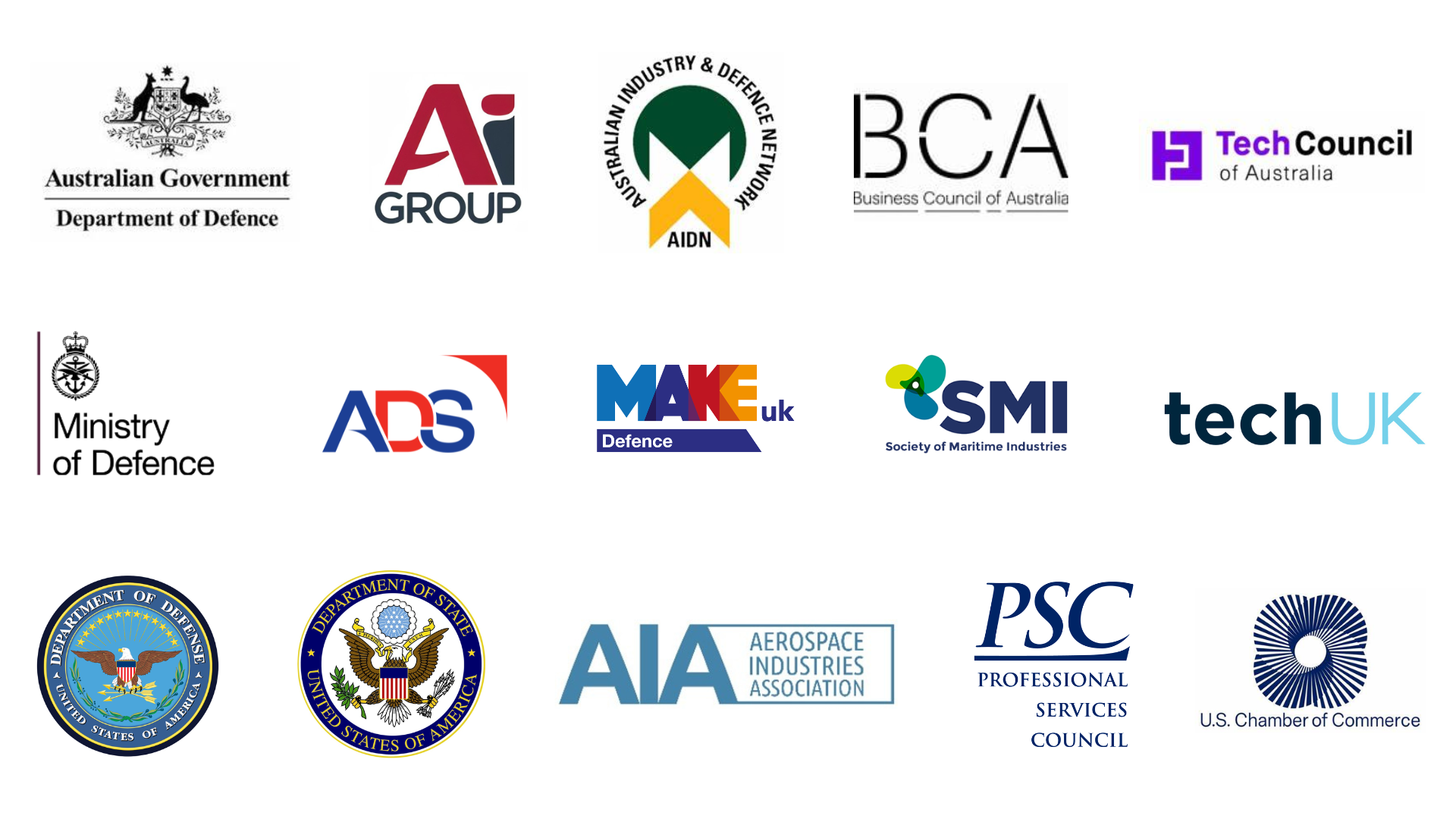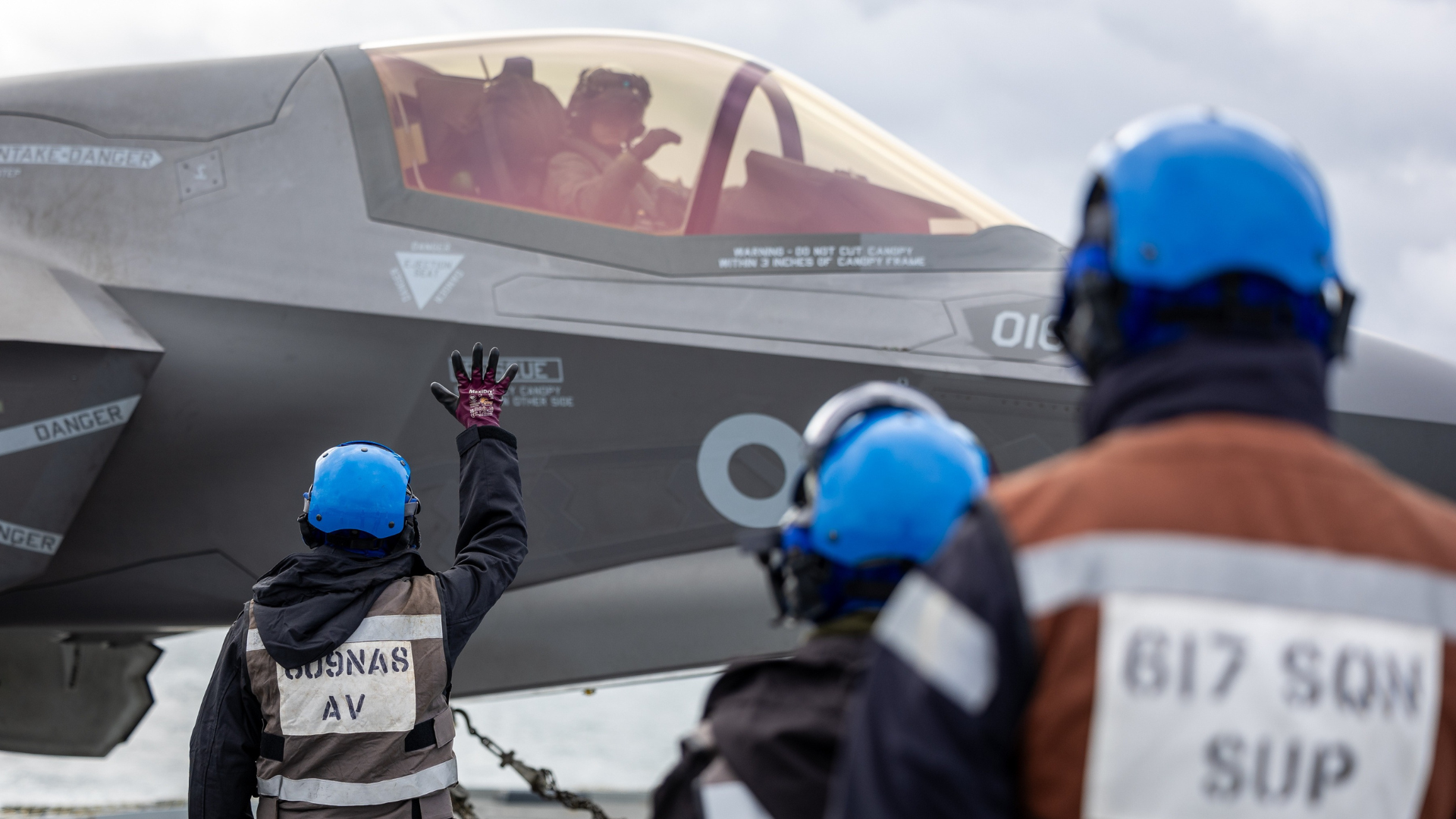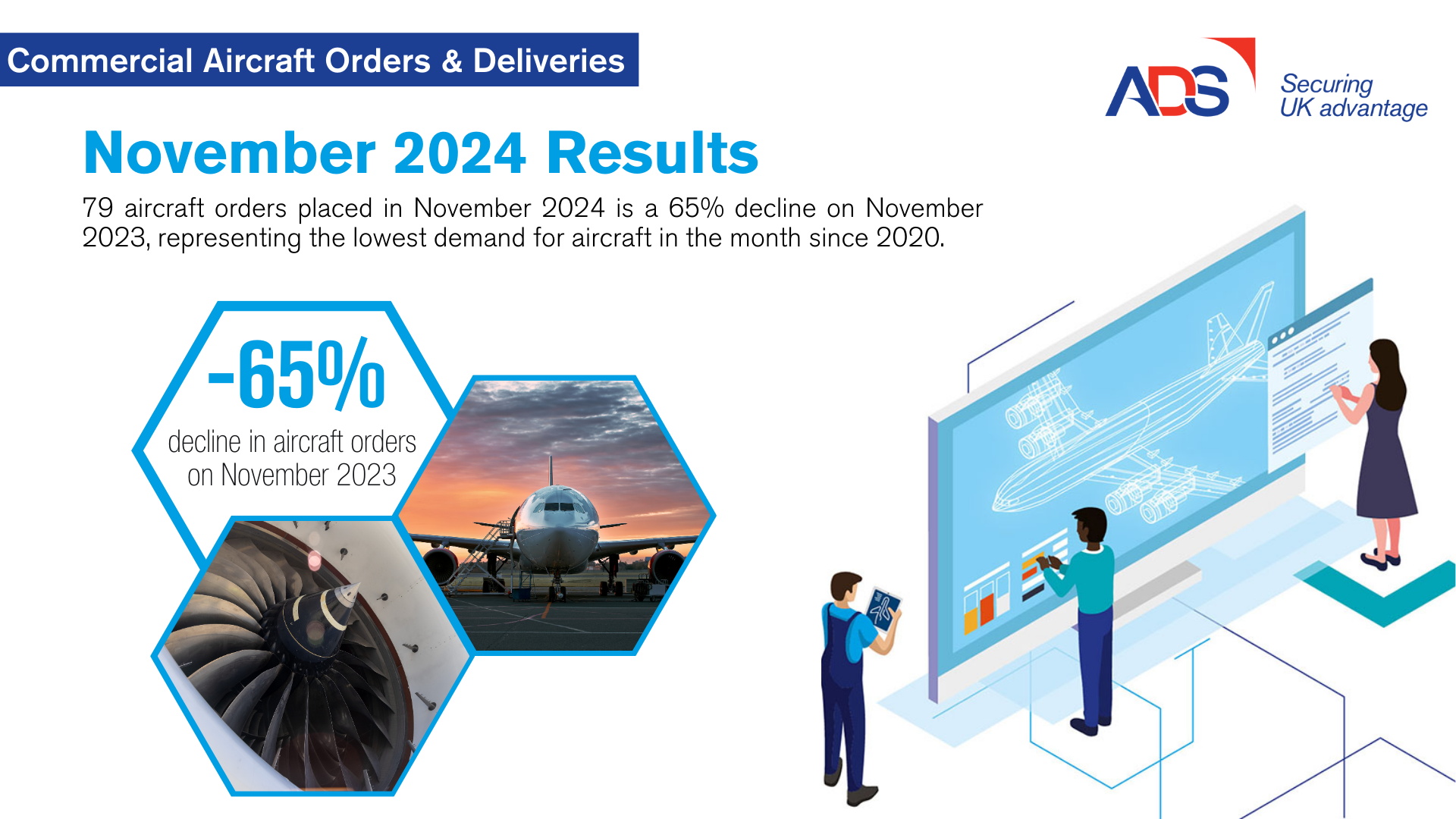
Following April’s inaugural Advanced Capabilities Industry Forum (ACIF) meeting in Washington DC, the second AUKUS ACIF meeting took place on 24 July at Farnborough International Airshow. The ACIF brought together industry associations and senior government officials from Australia, the United States and the UK to continue trilateral discussions on key issues within the AUKUS Pillar II enabling environment. The meeting was preceded by a trilateral industry association roundtable on 23 July to agree industrial priorities across several workstreams. Representatives from the Governments of all three nations were in attendance, as well as multiple trade bodies from all. The ACIF covered the following topics:
1. A classified briefing on the ‘Maritime Big Play’ (MBP) experimentation series and a discussion on future opportunities for industry engagement in MBP exercises.
2. Updates from the government working group leads for the AUKUS Innovation and Information Working Groups.
3. An out brief and discussion on the 23 July trade association workshop, covering commercial models, infrastructure requirements and skills.
Key Themes and Takeaways
Maritime Big Play
- The MBP discussions centred on the challenge of interoperability in maritime autonomy across the AUKUS partner nations, specifically in ‘sense, decide and effect’ capabilities. There was a recognition that this challenge would require the development of a ‘reference’ architecture over the next 10-15 years to enable industry to test and evaluate interoperable capabilities with the warfighter.
- Discussions also included the MBP forward operational experimentation (OPEX) plan for 2025/26 and the ACIF’s role in communicating MBP strategic messaging of future MBP engagement opportunities to industry. The MBP team committed to sharing a forward OPEX plan with the ACIF and agreed to investigate the possibility of declassifying archive and future MBP materials so that the ACIF can share these with industry.
AUKUS Innovation Workstream
- The Innovation workstream update was given by the UK MOD’s Assistant Head of the Defence Innovation Unit (DIU) included a summary of the first AUKUS Innovation Challenge, focused on Electronic Warfare (EW). Across the 3 nations 12 companies have been down selected, 3 from Australia, 4 from the UK and 5 from the US.
- The industry associations then gave feedback on the challenge, including the need to use the ACIF to communicate the forward plan of future innovation challenges to industry early, and making sure future challenges are driven by the warfighter to help better define the exploitation pathway for new capabilities. The industry associations also raised issues with the national procurement approach used in the first challenge, with a lack of a standardised approach across the 3 countries being a key issue.
AUKUS Information Workstream
- The Information workstream update included a brief from the 3 governments on the consolidated feedback received following the ACIF submission to the US Department of State’s public consultation on ITAR export control exemptions. The US Department of State stressed the importance of industry using the AUKUS exemption once the final ruling is published in mid-August 2024. The industry associations agreed that they will need to encourage their respective memberships to use the exemptions once the ruling has been published.
- The ACIF also agreed to explore a proposal to create principles for a ‘trusted trader’ or globally recognised AUKUS type ‘kitemark’ for companies on the authorised user list once the final ruling has been published. This will be discussed in further detail at the 3rd ACIF meeting later this year.
- A wider industry briefing on export control reforms across the US, Australia and the UK was held in London on 25 July.
Trade Association Workshop Out Brief
- The TA workshop covered 3 focus areas (Infrastructure, Commercial Models & Skills) which are critical to the success of the Pillar II enabling environment. The industry associations provided government officials with a readout on the key points from each focus area, with a written out brief to be shared with both the ACIF government officials and wider industry.
- The ACIF debated how Pillar II can be better defined, noting that Pillar I is effectively focused on a single advanced capability (nuclear submarines). It was suggested the Pillar II is simply a vehicle to enhance collaborative capability development across the 3 nations, as opposed to a defined set of capabilities.
- The discussion also touched on areas where better communication between the 3 governments and industry via the ACIF would be useful. Examples of this included a recent UK MOD led table top exercise to explore options for the co-development, co-procurement and co-delivery of Pillar II capabilities, and the need for the government officials to share the International Joint Requirements Oversight Committee’s (IJROC) medium to long term roadmap of Pillar II capability focus areas.





